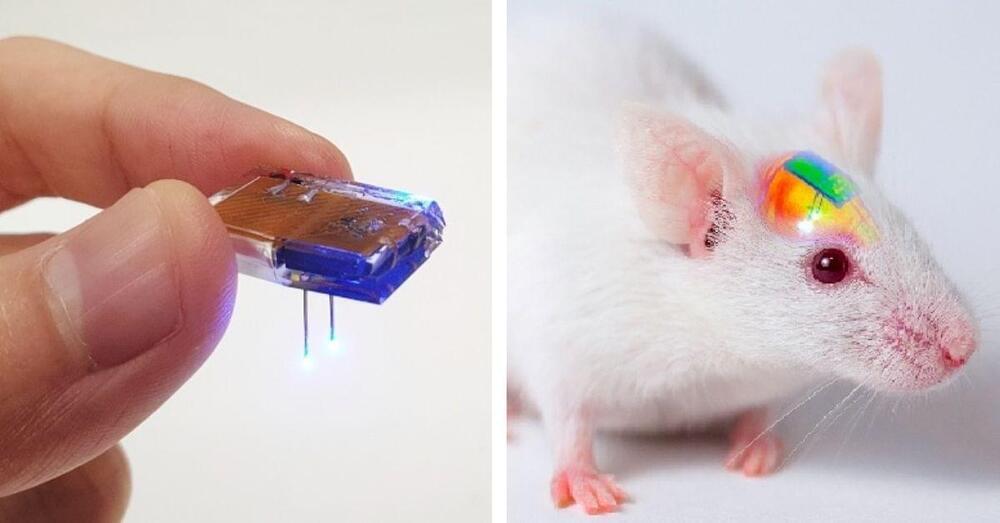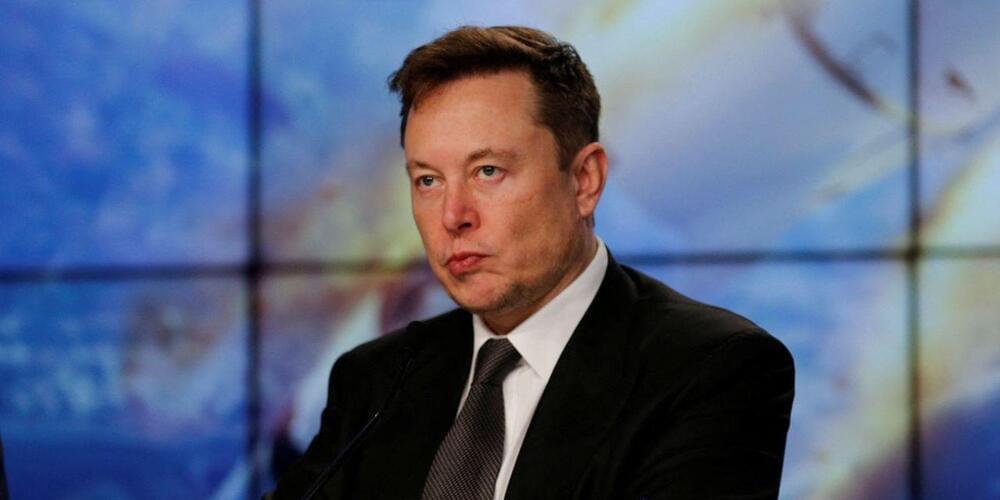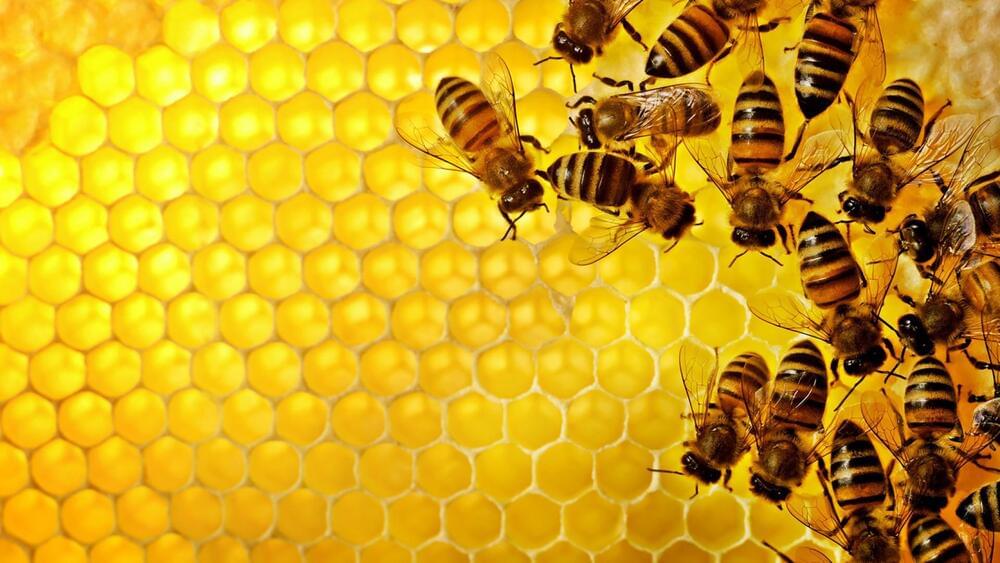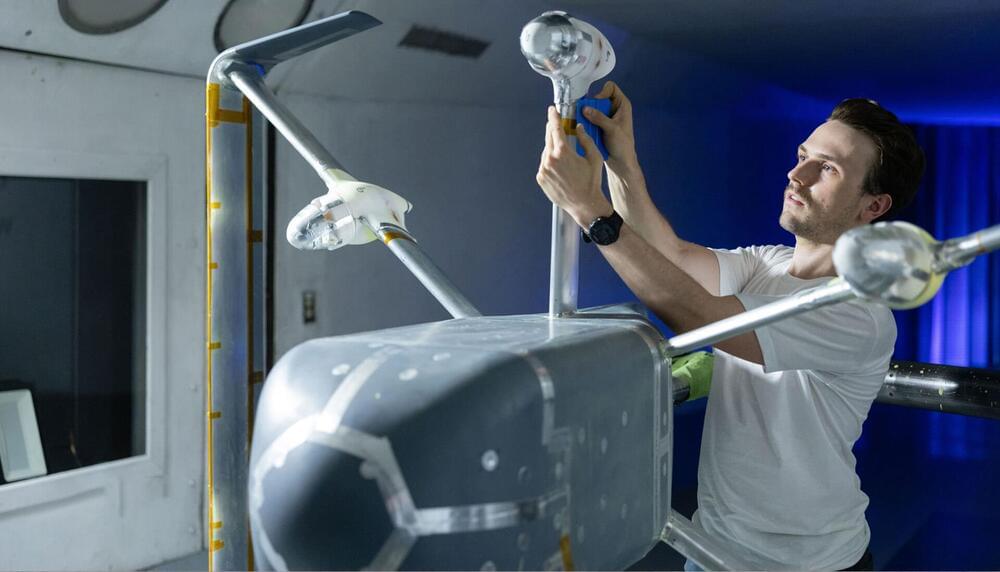
Get the latest international news and world events from around the world.

Everything You Ever Wanted to Know About CRISPR
Turns out, altering bacteria from within could be the solution to antibiotic resistance. In an ironic twist, researchers used viruses engineered with the CRISPR-Cas system to alter bacterial defense mechanisms and edit their genomes selectively in complex environments. Significantly, the novel approach may help address the pressing issue of antibiotic resistance.





World Cup Stadium in Qatar Will Be Constructed Entirely Out Of Reusable Shipping Containers
The stadiums include a quiet room for those with cognitive disabilities. The FIFA World Cup to be held in Qatar this year is leading the way in accessibility for specially-abled people, according to a report by Euronews published on Wednesday. The event is making sure all can enjoy it.
Qatar unveiled a massive 40,000-seat arena for the World Cup that’s entirely crafted from shipping containers.
Built with the notion of sustainable construction in mind, Qatar officials are partnering with architects Fenwick Iribarren, Schlaich Bergermann Partner and Hilson Moran on the Ras Abu Aboud Stadium. The building could even earn a four-star rating from the Global Sustainability Assessment System (GSAS) certification.